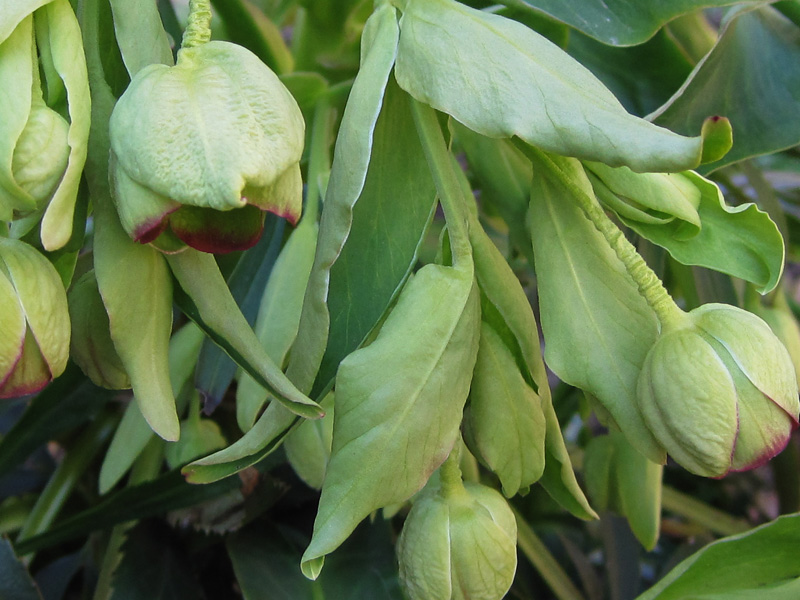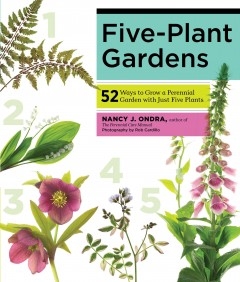Hellebore Foetidus: A True Winter Charmer
/When I first became interested in hellebores, Hellebore foetidus was not at the top of my acquisition list. After all, who would want to brush by a “stinking hellebore’ in their garden? Luckily, I couldn’t resist a beautiful healthy specimen at the local big box store one day, and the Stinking Hellebore has become one of my favorite perennials to grow and share.
Although fairly common and easy to find in nurseries, Hellebore foetidus is not widespread in home gardens. It is one of the most interesting hellebores to cultivate, however, especially if you live in the Northeast. Few hellebores are as showy during the late fall and winter, when most perennials are chilling underground. Hellebore foetidus stands proud and tall, looking like a miniature rhododendron. The plant is 2’ tall with spidery evergreen foliage that remains a lush dark green throughout winter. Certain varieties also have distinctive red markings on the stems and along the deeply divided leaves. The bear-claw shape of its leaves has produced a second common name – ‘Bear’s Foot’. The distinctive foliage texture makes this hellebore an interesting companion to almost any plant in the garden.
The icing on the cake are the Stinking Hellebore’s chartreuse bell-shaped buds and flowers that perch proudly atop its beautiful foliage. How many plants boast more than 6 months of bloom, starting in November? Just as the rest of the garden hunkers down for the winter, the Stinking Hellebore forms lush pale green buds that open into clusters of l” flowers with chartreuse bracts. In the early spring, these blossoms are covered with early pollinators that help to disperse the seeds.
After a couple of years in the garden, I was very excited to find baby hellebores growing in the shade of the mother plants, and transplanted a few to my nursery bed to see how they would grow. Like other caulescent hellebores, the Stinking Hellebore is fairly quick (by hellebore standards) from seed to bloom, often blooming in its second year. Mine grew into stout little plants that first season, and I transplanted them into a new area of the garden. Since that time, I have been careful not to mulch around the hellebore plants, and have impressive colonies of both Helleborus foetidus and niger in my shade bed. Stinking Hellebore plants can be short-lived, so it’s good to let them set seed to provide a constant supply of new plants.
Helleborus foetidus prefers woodland conditions with deep, fertile, moist, humus rich, well-drained soil, and dappled shade. The species is, however, drought tolerant once established. Plants should be shielded from winter winds. Stinking Hellebore has no serious insect or disease problems and all parts of the plant are poisonous, so it is not bothered by deer or voles. And what of the smell? I have found the plants to have a mildly unpleasant odor when bruised, but the scent of the flowers does not deter me from cutting them for a vase. I just don’t keep them on my bedside table.
Hellebore foetidus has many uses in the landscape. With its intriguing, finely cut, dark green foliage, it makes an interesting and nearly evergreen groundcover for average to dry shade. It is also impressive as a single specimen when given plenty of sun. I grow mine in two partly shaded entry gardens with other hellebores, variagated liriope, leucothoe ‘rainbow’ and hostas, where its distinctive form, texture and bloom welcome visitors all through the year.
You Might Also Like













